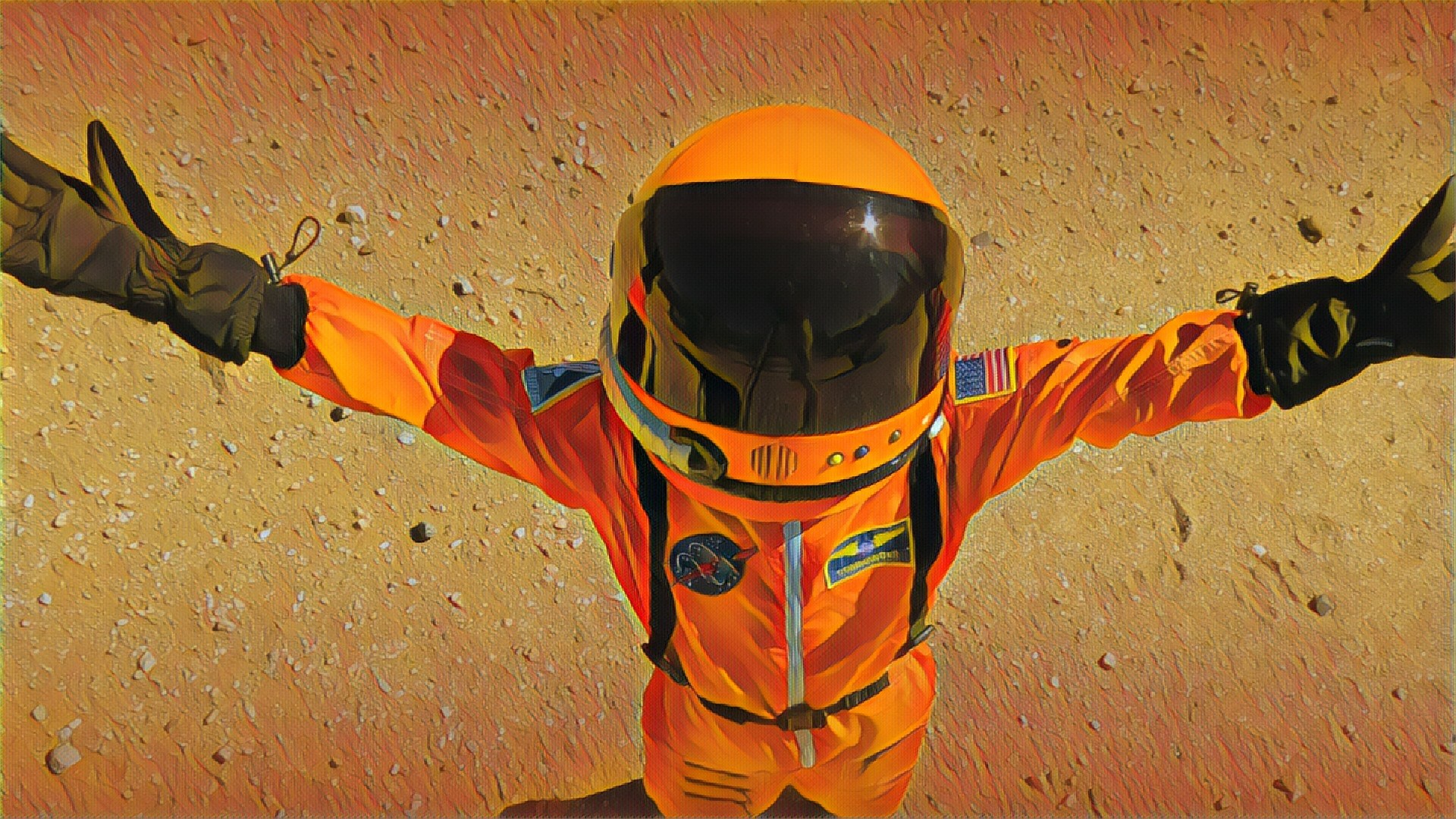This is incredibly cool. Sean Doran has used imagery from NASA’s Mars Reconnaissance Orbiter and ESA’s Mars Express to create a massive image of the landscape Curiosity has traveled through. The detail here is astonishing.

Book Series
I think I would have preferred to go second.
“Whoopee! Man, that may have been a small one for Neil, but that’s a long one for me.”
Transit to Mars using current technology takes about six months. How might a crew react to that length of time in close quarters, moving ever farther from Earth? The ISS could provide a testbed and training facility for such a trip.
This might be the most dedicated space journalism I’ve ever encountered. I want to say “Bravo!”, but that seems weird.
In the final minutes of the Apollo 11 LM’s descent to the surface, Armstrong noticed that the intended landing site was too rocky and took manual control of the descent in order to find a better spot. The LM had never been flown in this manner, and Armstrong didn’t have time to discuss it with mission control.
We’ve all heard recordings of those final minutes of the LM descent. But we’ve never seen exactly what Armstrong saw until now. The Lunar Reconnaissance Orbiter team has reconstructed Armstrong’s view of the surface in those final minutes.
Pairing the audio recording with this footage is edge-of-the-seat exciting, as you imagine Armstrong coolly working the LM down while the voices at mission control have no idea of this extra drama under way at the time.
Watching this original coverage of the Apollo 11 launch today, I was struck by the professionalism. There is no attempt to entertain or sensationalize here. Just calm and composed communication of the most momentous event in human history.
Some details on SpaceX’s Mars plan and the issues they are working on.
You can send your name too by registering with NASA at https://mars.nasa.gov/participate/send-your-name/mars2020/
A brief but inspiring interview with Robert Zubrin:
“… that’s what we need: a place where the rules haven’t been written yet, so people can give new ideas a try. Martian society will be an engine for invention.”
Here’s the most thorough evaluation of the the latest push for the Moon that I’ve found. The TL;DR is that the winds are all over the place. This push is likely to fail. But we should root for it anyway because it’s shaking things up.